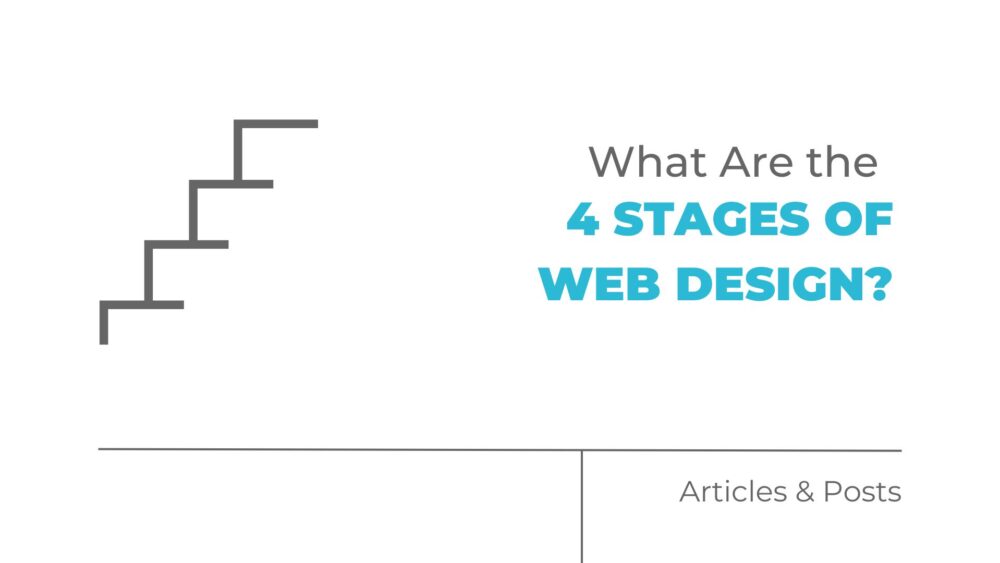What are the 4 stages of web design?
The four main stages of web design are:
- Planning
- Design
- Development
- and Launch and Maintenance.
Each stage plays a critical role in creating effective web pages that look great and function smoothly.
Let’s dive into each stage to see what’s involved and how they contribute to building a successful website.
Stage 1: Planning
Planning is the first stage of web design and sets the foundation for the entire project.
In this phase, web developers and clients discuss the website’s goals, target audience, and key features.
Here we begin to understand what the website aims to achieve and who will be using it.
This stage involves creating a site map, which outlines the structure and content of the web pages.
A clear plan assures that everyone involved is on the same page (literally!) and helps prevent costly changes later in the process.
Planning also includes researching competitors and identifying best practices within the industry.
This research helps inform decisions about design and functionality, ensuring the website meets user expectations and stands out from the competition.
Setting realistic timelines and budgets is another essential part of this stage, ensuring that the project stays on track and within scope.
Stage 2: Design
The design stage is where the visual aspects of the website come to life.
During this phase, web designers create wireframes and mockups that represent the layout and look of the web pages.
These designs incorporate branding elements like logos, color schemes, and typography to ensure consistency with the client’s overall brand identity.
Designing also involves making decisions about the user interface (UI) and user experience (UX).
UI focuses on the layout and interactive elements of the web pages, while UX ensures that the website is easy to navigate and meets user needs.
Feedback from clients is essential during this stage, as it allows designers to refine their ideas and create a final design that aligns with the client’s vision.
Stage 3: Development
Development is where the design becomes a functional website.
Web developers use coding languages like HTML, CSS, JavaScript, and server-side languages to build the web pages and integrate any necessary functionalities.
This stage also involves setting up a content management system (CMS) if the website requires regular updates or content changes.
During development, web developers ensure that the website is responsive, meaning it looks and functions well on different devices and screen sizes.
They also optimize the website for speed and performance, which is crucial for providing a good user experience and improving search engine rankings.
Testing is a significant part of this stage, as it helps identify and fix any issues before the website goes live.
Stage 4: Launch and Maintenance
The final stage is launching the website and maintaining it over time.
Once the web pages are built and thoroughly tested, the website is ready to go live.
This involves deploying the website to a hosting server and configuring domain settings.
A successful launch requires careful planning to ensure that everything goes smoothly and any potential issues are addressed quickly.
Maintenance is an ongoing process that keeps the website up-to-date and running smoothly.
This includes regular updates to the CMS, monitoring website performance, and making any necessary changes based on user feedback.
Web developers may also update content, fix bugs, and ensure that the website remains secure from threats.
Regular maintenance is crucial for keeping the website relevant and functional in the long term.
At the End of the Day
Creating a website is much like building a house — each stage requires careful thought, planning, and execution to bring the final vision to life.
A well-designed website is about creating an experience that resonates with your audience and supports your business goals.
Ready to embark on your web design journey?
Dive into each stage with confidence, knowing that every step you take is a building block towards a powerful online presence.


Comments are closed.